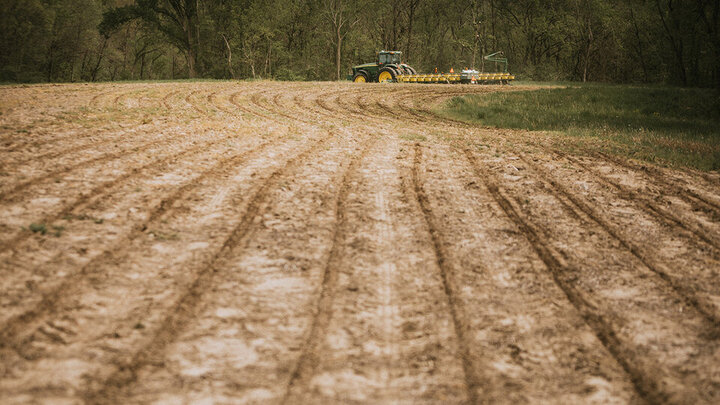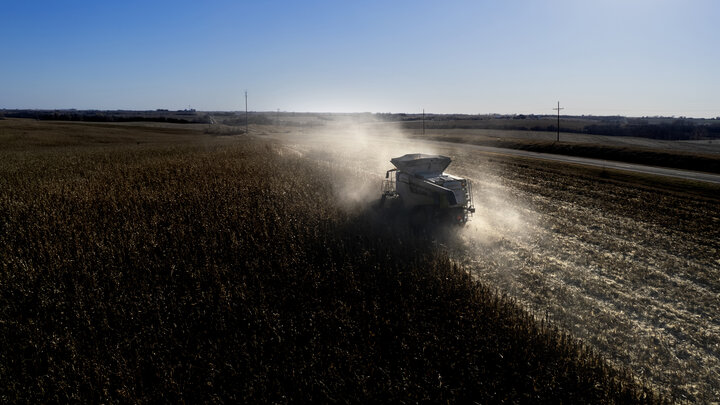June 5, 2025 - Adventure Day Camp - Neligh Park, West Point, NE,
Contact your local Extension Office for details. 402-385-6041!
June Deadlines
- June 1, 2025 - Horse State and County ID's DUE
- June 15, 2025 - All Livestock Affidavits are DUE
- June 15, 2025 - State Fair Beef, Sheep, Swine, and Goat DNA and Nominations DUE
- June 15, 2025 - 4-H Enrollment ABSOLUTE DEADLINE
- June 19-20 Premier Communication Event at UNL
- June 17-18 PASE/Life Challenge @UNL
4-H Online Enrollment
4-H On-Line is now open and you can begin to enroll for the 2024-2025 program year!. Members have until JUNE 15 as an absolute deadline to register.
NEW Volunteer Orientation!
Nebraska 4-H has launched a new volunteer orientation! This online training serves as an introduction to the 4-H Youth Development program in Nebraska and covers a few essential topics for volunteers. While the orientation is required for new volunteers and those going through the re-screening process, any interested individuals, including current and prospective volunteers, are welcome to complete the course.
Learn more at 4h.unl.edu/volunteer-orientation.
Get ready for the 2025 Dakota/Thurston County Fair! It will be here before you know it! See the deadlines above for the month of June! All nominations must be in by June 15!

Thurston County Courthouse Will be Closed on these Holidays
(Thurston County Extension will be Closed)






